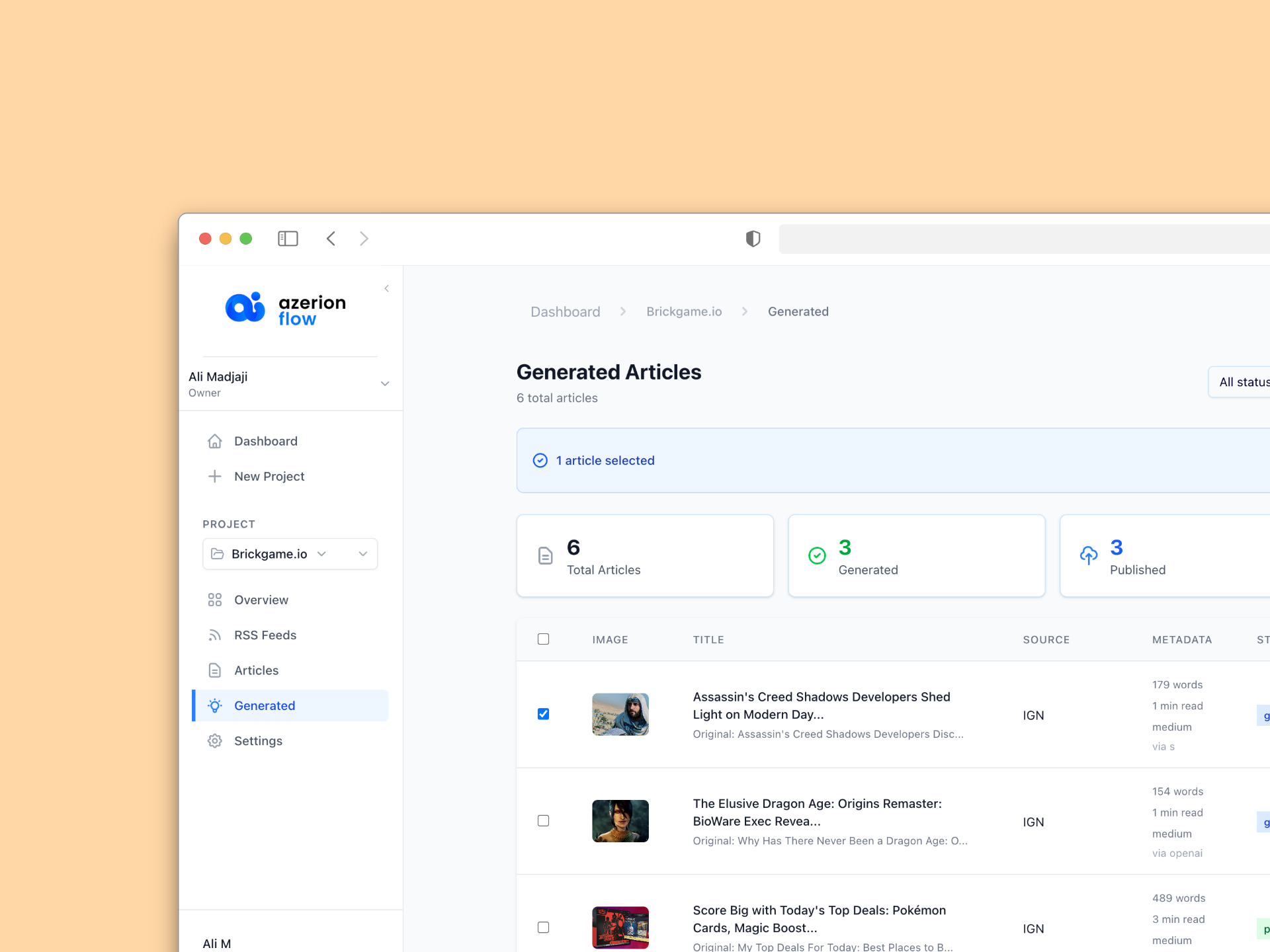Flow
I built Azerion Flow, a content automation platform that processes RSS feeds through AI models (OpenAI, Claude, custom) and publishes the transformed articles to WordPress sites. I implemented the complete system including multi-site management, team collaboration tools, and enterprise-grade security with encrypted data storage and Google OAuth authentication.
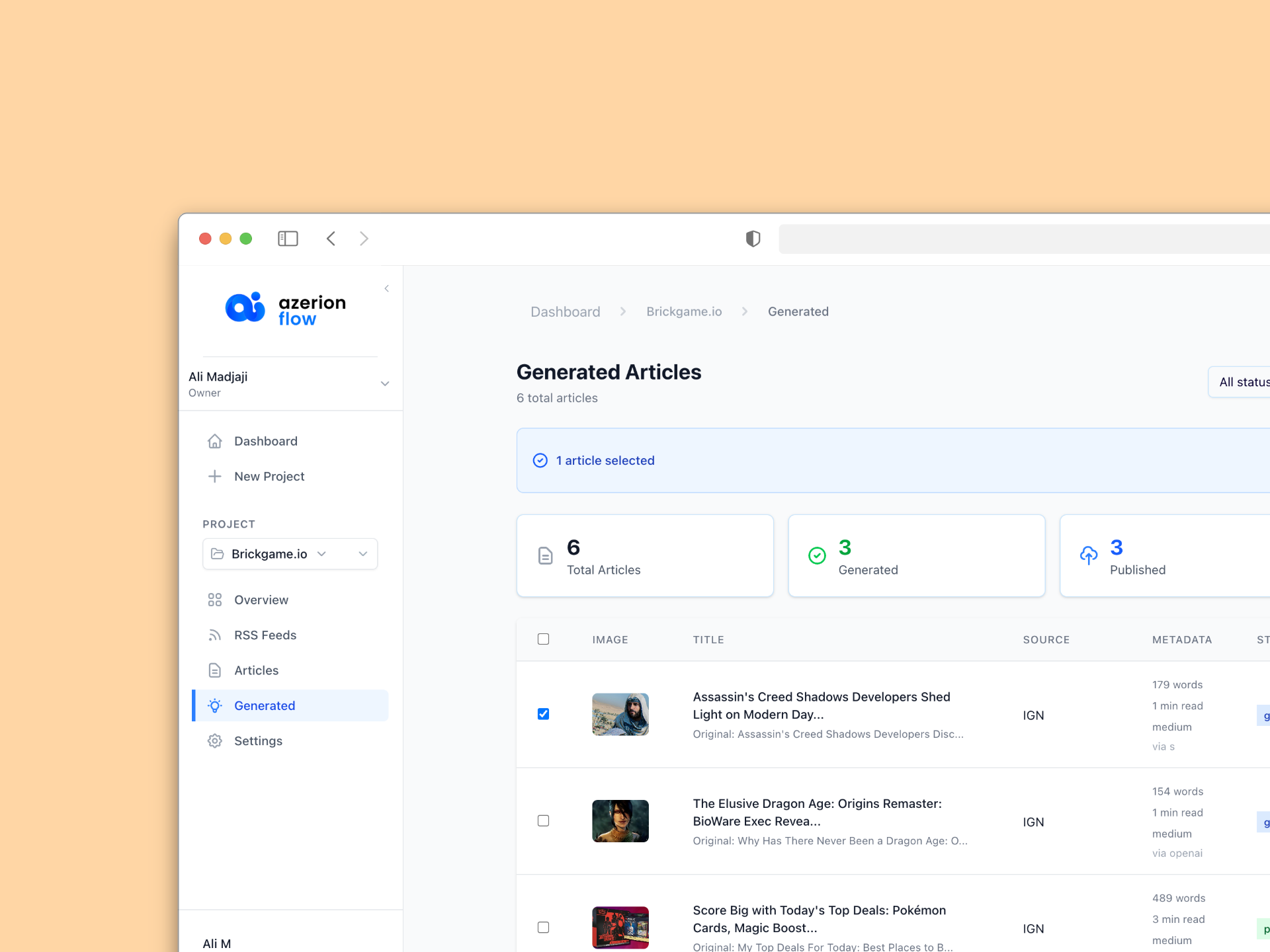
I built Azerion Flow from scratch as a complete solution to a problem I witnessed firsthand: content teams drowning in manual work while trying to keep multiple WordPress sites updated with fresh, quality content. Starting with just an idea and empty codebase, I architected and developed every aspect of this platform.
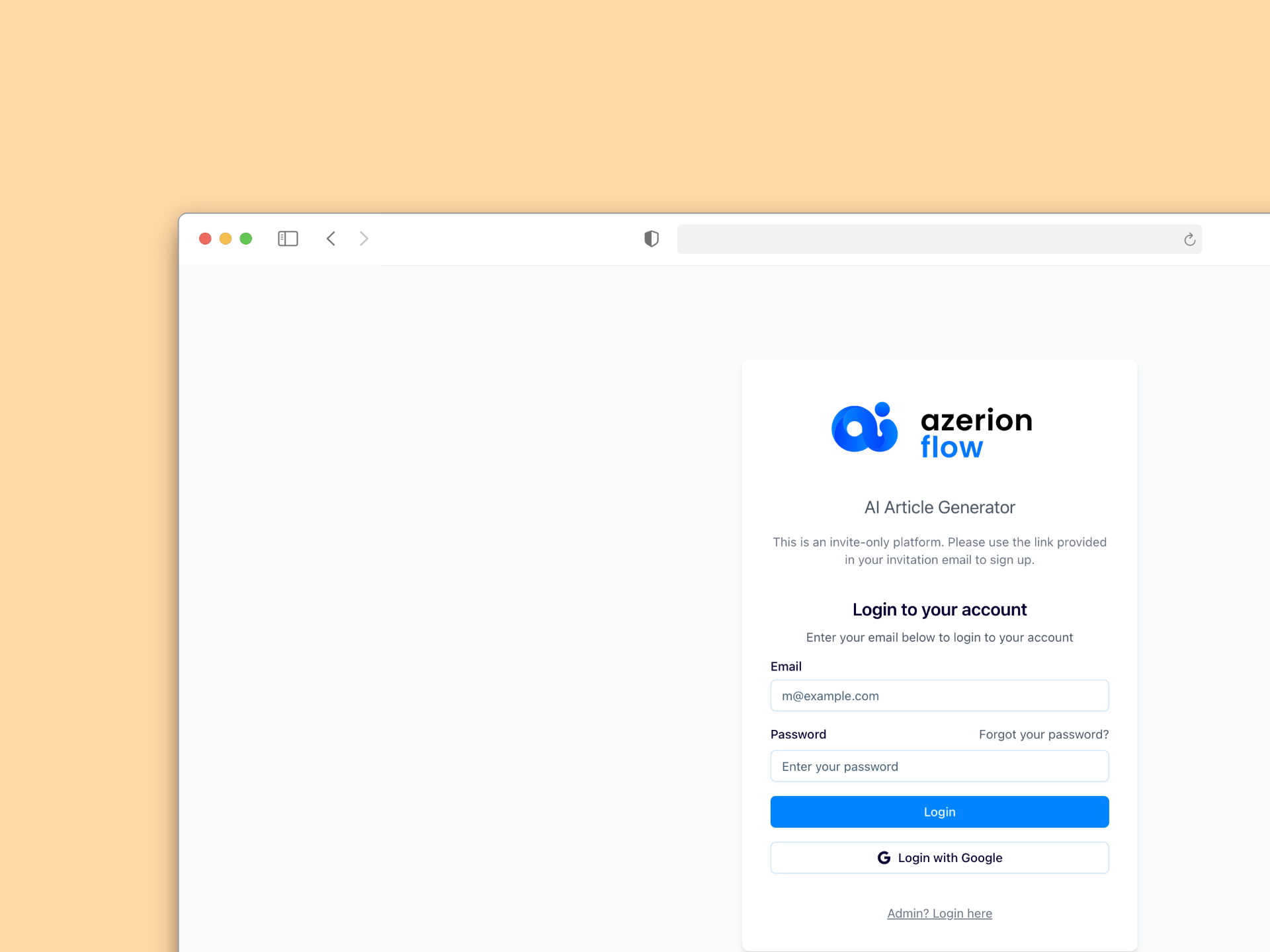
The journey began with designing the core content pipeline - a system that could intelligently process RSS feeds from any source, extract meaningful content, and transform it through AI while preserving the original intent. I implemented integrations with multiple AI providers (OpenAI, Claude, and custom endpoints), giving users unprecedented flexibility in how their content gets rewritten. Each integration required careful API design and error handling to ensure reliable, consistent output.
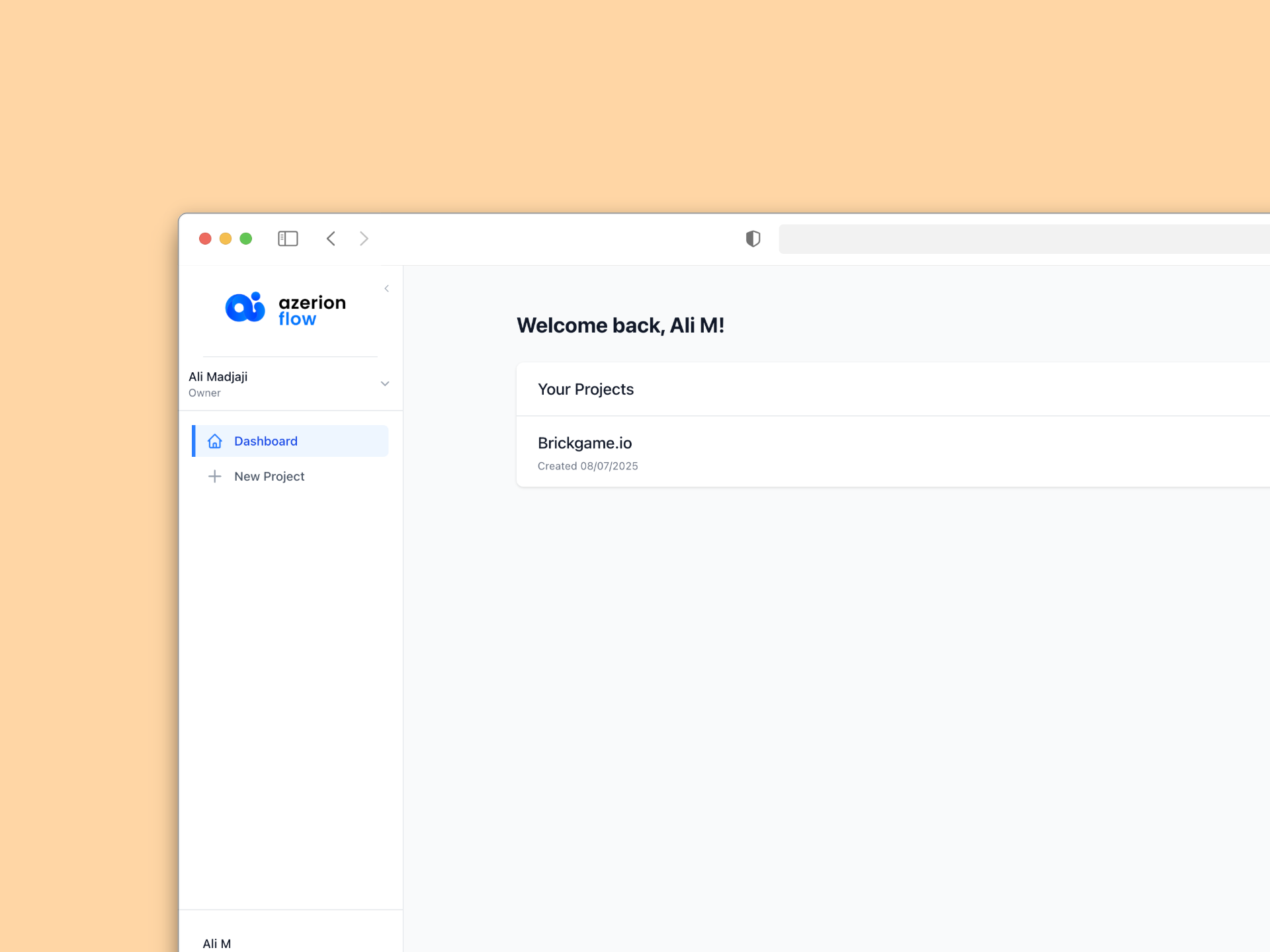
I crafted the entire technical stack, choosing Next.js 15 and TypeScript for the frontend to deliver a fast, type-safe experience, while building the backend on Firebase for real-time data synchronization and serverless scalability. The WordPress integration I developed goes beyond simple posting - it handles image extraction, automatic thumbnail generation, and manages content as drafts for final review.

Security and team collaboration were paramount in my design. I implemented Google OAuth authentication, encrypted all sensitive data including API keys, and created a sophisticated role-based permission system. The invitation-only access model I built ensures the platform maintains its quality while allowing organizations to scale their teams effectively.
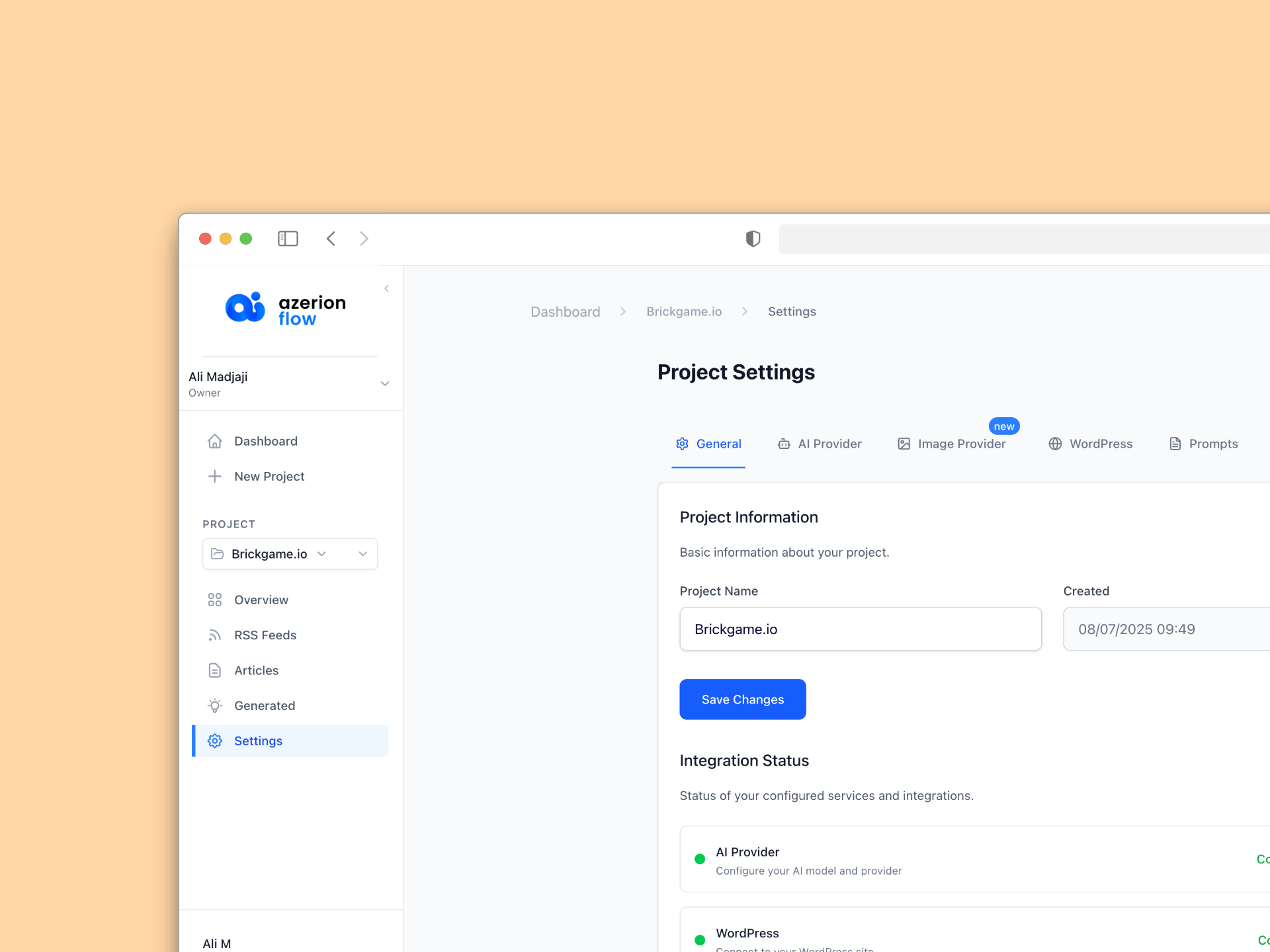
What started as an empty repository evolved into a platform where users can manage unlimited WordPress sites through separate project workspaces, process hundreds of articles in bulk, and maintain consistent brand voice across all their publications. Every line of code, every API endpoint, and every user interface element was crafted with the goal of transforming how content professionals approach their daily workflow.
